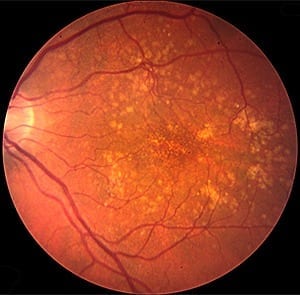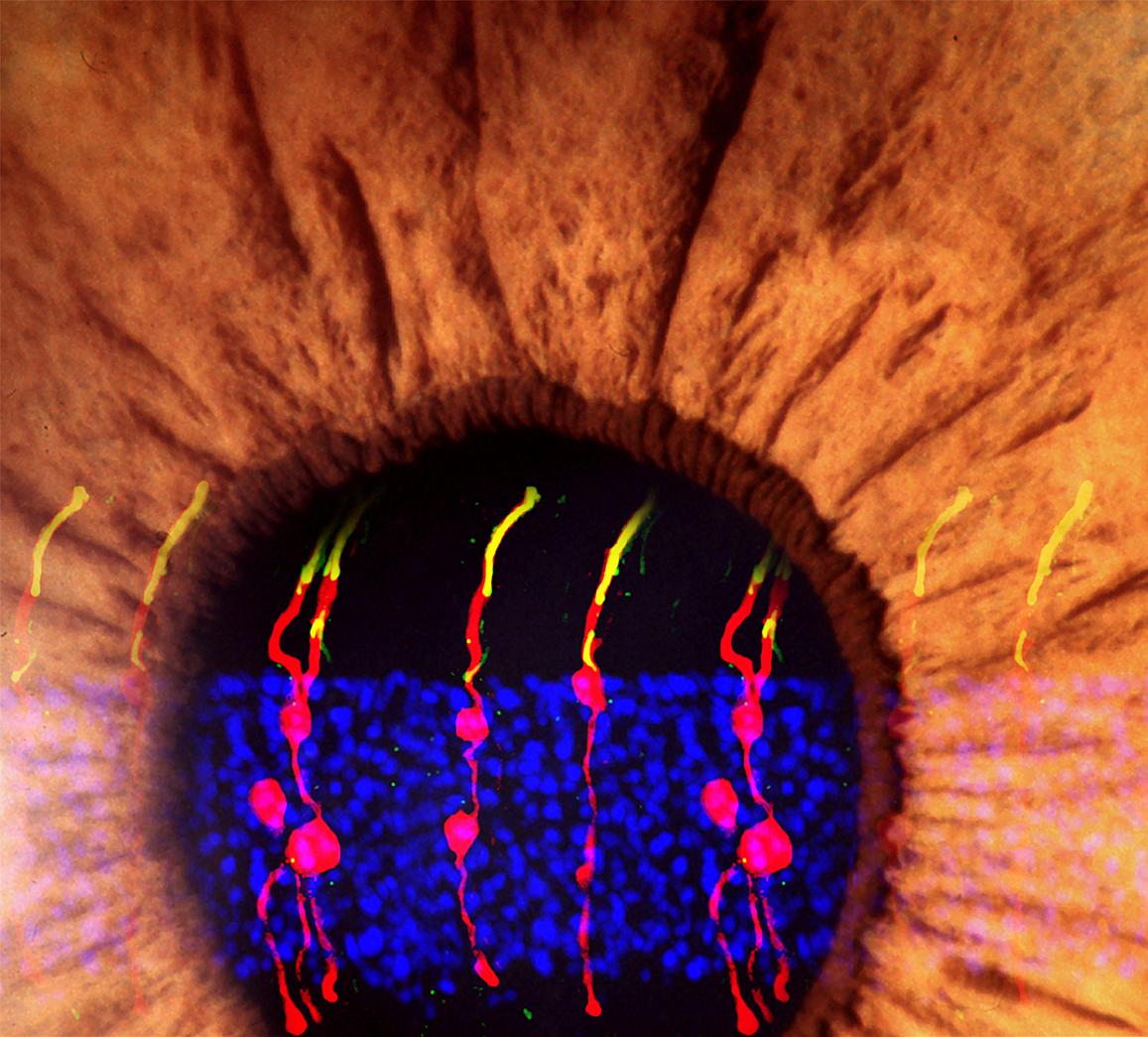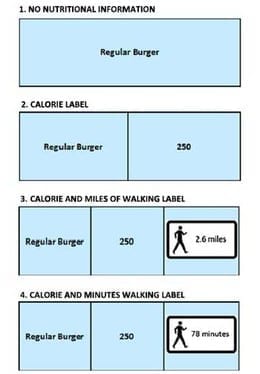
A new study raises the intriguing possibility that drugs prescribed to lower cholesterol may be effective against macular degeneration, a blinding eye disease.
Researchers at Washington University School of Medicine in St. Louis have found that age-related macular degeneration, the leading cause of vision loss in Americans over 50, shares a common link with atherosclerosis. Both problems have the same underlying defect: the inability to remove a buildup of fat and cholesterol.
The new study is published online in the journal Cell Metabolism.
Working in mice and in human cells, the researchers shed new light on how deposits of cholesterol contribute to macular degeneration and atherosclerosis and even blood vessel growth in some types of cancer.
Patients who have atherosclerosis often are prescribed medications to lower cholesterol and keep arteries clear. This study suggests that some of those same drugs could be evaluated in patients with macular degeneration.
“Based on our findings, we need to investigate whether vision loss caused by macular degeneration could be prevented with cholesterol-lowering eye drops or other medications that might prevent the buildup of lipids beneath the retina,” says senior investigator Rajendra S. Apte, MD, PhD.
The new research centers on macrophages, key immune cells that remove cholesterol and fats from tissues. In macular degeneration, the excessive buildup of cholesterol begins to occur as we age, and our macrophages begin to malfunction.
In the “dry” form of age-related macular degeneration, doctors examining the eye can see lipid deposits beneath the retina. As those deposits become larger and more numerous, they slowly begin to destroy the central part of the eye, interfering with the vision needed to read a book or drive a car.
As aging macrophages clear fewer fat deposits beneath the retina, the macrophage cells themselves can become bloated with cholesterol, creating an inflammatory process that leads to the formation of new blood vessels that can cause further damage. Those vessels characterize the later “wet” form of the disease.
“Ultimately, that inflammation creates a toxic mix of things that leads to new blood vessel growth,” Apte explains. “Most of the vision loss from ‘wet’ macular degeneration is the result of bleeding and scar-tissue formation related to abnormal vessel growth.”
The Latest Bing News on:
Atherosclerosis and macular degeneration
- AMD STOPPER Offers New Hope to Sufferers of Age-Related Macular Degenerationon April 23, 2024 at 9:50 am
AMD Stopper Inc. is a newly organized company which holds the formulas, patent applications, and intellectual property rights to the formula developed by an eye care researcher to treat Age-Related ...
- Dry Age-related Macular Degeneration Seven Major Market to Exhibit Growth at a CAGR of 19.8% by 2034 | DelveInsighton April 22, 2024 at 2:31 pm
DelveInsight's Dry Age-related Macular Degeneration Market Insights report includes a comprehensive understanding of current treatment practices, dry age-related macular degeneration marketed drug, ...
- 4 Wall Street Blue Chip Giants Likely Raising Their Dividends This Weekon April 15, 2024 at 10:37 am
Investors love stocks the raise their dividend and four Wall Street blue chip giants are likely doing just that this week.
- What Causes Macular Degeneration?on February 7, 2024 at 3:04 pm
Problems with heart and blood vessel health have also been linked with macular degeneration. In particular, researchers have found atherosclerosis—a thickening and hardening of blood vessel walls and ...
- 5 Health Benefits of Kaleon November 14, 2023 at 5:10 am
One carotenoids, called lutein, may help protect the eyes from developing a condition called macular degeneration ... how supplementing with kale juice affected the risk of coronary artery disease ...
The Latest Google Headlines on:
Atherosclerosis and macular degeneration
[google_news title=”” keyword=”atherosclerosis and macular degeneration” num_posts=”10″ blurb_length=”0″ show_thumb=”left”] [/vc_column_text]The Latest Bing News on:
Macrophages
- Why Immunitybio Inc’s (IBRX) Stock Is Up 43.84%on April 26, 2024 at 4:59 pm
Immunitybio Inc’s IBRX share price has surged by 43.84%, which has investors questioning if this is right time to sell.
- New research sheds light on the weakening immune response observed in older adultson April 26, 2024 at 7:26 am
A fully functioning immune system is essential to help the body maintain good health, and macrophages play a critical role in maintaining robust immune responses against infections.
- Irregular bone marrow cells may increase heart disease riskon April 26, 2024 at 4:00 am
Over time, bone marrow stem cells develop key genetic errors and pass them on to immune cells. This may increase the risk of developing heart disease.
- Immune cells play a bigger role in high blood pressure than previously thought, opening doors for new treatmentson April 25, 2024 at 11:34 pm
A review in Nature Reviews Nephrology presents the association between immune cells and the development of hypertension, suggesting potential new therapeutic targets to mitigate the disease by ...
- The Role of Resident Macrophages in Protecting the Liveron April 25, 2024 at 5:00 pm
Their findings are illustrated in Figure 1. Dr. Miyamoto, a lead author of the study, explained, “Our technology showed that these ‘sentinel macrophages’ play a crucial role in protecting the liver ...
- Identifying a new liver defender: The role of resident macrophageson April 25, 2024 at 7:30 am
Osaka University researchers have discovered liver resident macrophages' pivotal role in defending against gut bacteria and related substances entering via the portal vein, particularly under ...
- Therapeutic potential of human umbilical cord-derived mesenchymal stem cells in Crohn’s diseaseon April 25, 2024 at 6:00 am
Whether human umbilical cord-derived mesenchymal stem cells (hUC-MSCs) could heal luminal ulcers in Crohn’s disease.
- Can Your Immune System Be Rejuvenated? Yes, Says New Researchon April 19, 2024 at 11:01 am
As we age, the immune system begins to weaken. This leaves us exposed to dangerous infections. But a new study offers hope: we may soon be able to reverse the trend.
- Pancreatic cancer cells' interaction with macrophages induces cachexiaon April 19, 2024 at 8:46 am
Cross-talk between macrophages and tumor cells could modulate cachexia in pancreatic cancer patients. A group of scientists from the University of Oklahoma has discovered a new pathway that promoted ...
- Probing Macrophages’ Role in Pulmonary Fibrosis Originson April 18, 2024 at 1:31 pm
These white blood cells promote scar tissue formation, but certain drugs, such as pirfenidone, may stop this from happening.
The Latest Google Headlines on:
Macrophages
[google_news title=”” keyword=”macrophages ” num_posts=”10″ blurb_length=”0″ show_thumb=”left”]










